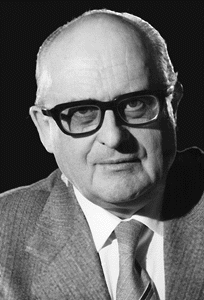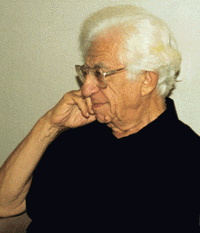Under the Auspices of the INTERNATIONAL PHILHARMONY FOUNDATION and the
 GERMAN CULTURAL FOUNDATION
GERMAN CULTURAL FOUNDATION
DEUTSCHE AKADEMIE DER KREATIVITÄT
presents the biggest scientific project of our time
DEUTSCHE AKADEMIE DER KREATIVITÄT
presents the biggest scientific project of our time
| LogIn for Members | LogIn Forum |
THE CLASSICAL COMPOSER AND MUSICOLOGIST PETER HÜBNER
on his International Project of the INTEGRATION OF SCIENCES & ARTS
on his International Project of the INTEGRATION OF SCIENCES & ARTS
6. Integration of Sciences & Arts
Authentic Understanding of the Natural Laws of Harmony of the Microcosm of Music – of the Natural Laws of Life
Authentic Understanding of the Natural Laws of Harmony of the Microcosm of Music – of the Natural Laws of Life
In the following, you will see two small extracts from the 330 page comprehensive study guide for this music faculty of the future.
The first extract shows the general information on content from which you can determine the topic of the pre-study course and the three main parts of the course as well as its 27 subordinated areas of study.
The second extract shows, as a detailed example, the topic of the 12th seminar in the seminar series 7.3.1.19.00 common eigenfunction of the upper-wave mechanics of the idea, of the sound and of the tone in the musical energy fields – universal synthesis of the upper-wave mechanics of the idea, of the sound and of the tone in the musical creative process:
- in the musical harmony sphere
- in the musical sequence sphere
- in the musical motif sphere
- in the musical tone sphere
- in the acoustic sphere
This seminar series is the 19th of the total of 26 seminar series from the area of study 7.3.1.00.00 “Music evolution in the field of unity”, which belongs to the third part of the main course with the topic “Study of the laws of music in the field of unity”, which itself covers a total of 7 areas of study.

Prof. Dr. Rudolf Haase

PRE-STUDY 7.0.0.00.00
General music research
General music research
Area of study 7.3.1.00.00
MUSIC EVOLUTION:
Music evolution in the field of unity –
Study of the laws of music
MUSIC EVOLUTION:
Music evolution in the field of unity –
Study of the laws of music
Seminar series 7.3.1.01.00 – 7.3.1.13.00 / 7.3.14.00 – 7.3.26.00
Seminar series 7.3.1.19.00
Seminar
Common eigenfunction of the upper-wave mechanics of the idea, the vocal sound and of the tone in the musical energy fields – universal synthesis of the upper-wave mechanics of the idea, the vocal sound and the tone in the musical creation process • in the musical harmony sphere • in the musical sequence sphere • in the musical motif sphere • in the musical tone sphere • in the acoustic sphere
Seminar

Prof. Dr. Herzl Shmueli
© 1998-
WORLD UNION OF THE ACADEMIES OF ACADEMIC EXCELLENCE
Design by
GLOBAL WEB DESIGN
one of the global services of United Productions International
“We integrate thoughts and ideas”
Design by
GLOBAL WEB DESIGN
one of the global services of United Productions International
“We integrate thoughts and ideas”